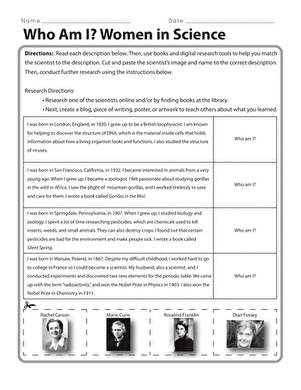Science project
Geography, Latitude, and the North Star: Where Am I?
Difficulty
容易
Cost
Minimal
Safety Issues
None
Material Availability
Common
Approximate Time
Minutes to construct
Objective
To find latitude, and to learn about geographic locations, and what this means in our lives.
Materials
- Protractor
- Straight edge

Introduction
If you shine a light on a ball, you will notice that the top and bottom are more shaded than the center. The same is true of the earth. The center is called the equator. It gets steady sunlight all the year around. The farther north or south from the equator, the more variable the amount of sunlight. Because the earth tilts 23 ½ degrees, this means that at the poles (north and south), about half of the year it is constantly day, no night – and for the other half of the year it is constantly night, no day.
Between are all the other latitudes. The equator tends to be warm all the time. The farther north or south from the equator, the more likely it will be that winters will be cold and summers moderate.
Find the North Star. Hold a protractor so that the flat edge is parallel to the ground. Use a straight edge (pencil, ruler, even a piece of paper) to point at the North Star from the center of the protractor. Take a reading from numbers on the protractor. This is your latitude.
Photos
The student can exhibit a protractor and straight edge, then do a simple drawing of the experiment.
Research Questions
- What is the North Star?
- Why is the North Star used for this experiment?
- What is latitude?
- What is a degree?
- How and why does distance from the equator affect climate?
Terms
- Polaris: the North Star
- Latitude: distance in degrees from the equator
- Climate: the overall weather patterns
Concepts
Because Polaris (the North Star) is directly over the axis of the earth, it seems to be stationary in the sky. This means that it is exactly 90 degrees north of the equator (zero degrees). As the latitude comes closer to the North Pole, where Polaris is overhead, the number of degrees read on the protractor approaches 90 degrees. For example at a location halfway from the equator to the pole (45 degrees), Polaris will be halfway up from the horizon.
In general, the farther north or south you are from the equator, the more variable and harsher the climate will be. (Snow is rare at the equator, while the ground near the north pole is called permafrost, which means it is always frozen.)
Experimental Procedure
- Gather the materials.
- On a clear night, go outside and find the North Star (Polaris).
- Hold the protractor so that the flat side is parallel to the ground. (The weight on a string serves as a plumb line.)
- Place a straight edge at the center point of the protractor.
- Use the straight edge to point at the North Star.
- Record the reading.
- Take at least three readings.
- 使用数学平均三个(加在一起nd divide by three).
Bibliography
Education.com provides the Science Fair Project Ideas for informational purposes only. Education.com does not make any guarantee or representation regarding the Science Fair Project Ideas and is not responsible or liable for any loss or damage, directly or indirectly, caused by your use of such information. By accessing the Science Fair Project Ideas, you waive and renounce any claims against Education.com that arise thereof. In addition, your access to Education.com's website and Science Fair Project Ideas is covered by Education.com's Privacy Policy and site Terms of Use, which include limitations on Education.com's liability.
Warning is hereby given that not all Project Ideas are appropriate for all individuals or in all circumstances. Implementation of any Science Project Idea should be undertaken only in appropriate settings and with appropriate parental or other supervision. Reading and following the safety precautions of all materials used in a project is the sole responsibility of each individual. For further information, consult your state's handbook of Science Safety.













